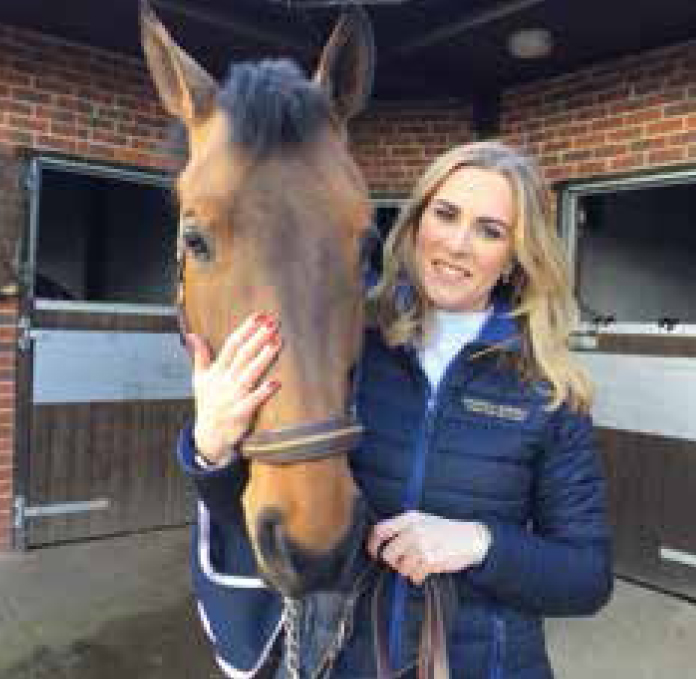The National Equine Health Survey (NEHS) is run by Blue Cross in partnership with the British Equine Veterinary Association. It's a 10-minute online snapshot survey enabling horse owners and keepers to give anonymous feedback on the health of their horses over the period of a week. The results are assisting with the identification of trends in endemic equine diseases to help the equestrian industry steer equine awareness, education and research to keep the nation's horses healthier. Already NEHS has helped to highlight the significance of types of lameness in the UK, and has raised awareness of the prevalence of atypical myopathy.
We have achieved so much over the past 7 years, with NEHS now regarded as one of the UK's most important endemic disease monitoring initiatives. The results are often referenced in veterinary and equestrian publications as guides and benchmarks for current and future research. In the longer term the data we have gathered will significantly help to improve day-to-day horse health and welfare.

Focus on welfare
This year, in response to the escalating equine welfare crisis in the UK the survey will include some pertinent welfare questions to help guide knowledge and understanding. The charity already has a strong focus on equine welfare education and has a breadth of useful information on its website www.bluecross.org.uk.
Trends are reflecting current equine research
Results from the 2017 survey show that more than a third of horses surveyed this year had one or more health problems. While the top disease trends of lameness and skin disease remain consistent with previous years, one of the most significant findings was that the results reflect current equine veterinary research; a quarter (26%) of the 5.5% of horses recorded with back problems were also showing signs of lameness, which ties in with recent studies conducted at the Animal Health Trust. While the details of the results do not confirm that the two are necessarily connected, these findings reflect the outcome of recent studies conducted by Dr Sue Dyson at the Animal Health Trust.
Dr Sue Dyson, who is Head of Clinical Orthopaedics at the Centre for Equine Studies at the Animal Health Trust, said: ‘It is a common observation that horses with lameness stiffen the back as a protective mechanism and develop muscle pain which may be misinterpreted as a primary back problem. We have shown objectively that abolition of lameness by diagnostic analgesia results in an immediate increase in range of motion of the back. The current data support this close relationship between lameness and back pain’.
Last year's top diseases
- Skin diseases — 31.1%. Sweet itch and mud fever were the most frequently reported individual syndromes within this category.
- Lameness (including laminitis) — 23.4%. Overall, as in previous years, if laminitis is excluded from the analysis, lameness due to problems in the limbs proximal to the foot was more common than problems in the foot.
- Metabolic diseases — 8.1%, with PPID (‘Equine Cushing's disease’) accounting for 73.4% of this figure, consistent with previous NEHS findings.
- Eye problems — 7.6%, with ocular discharge (weepy eye) accounting for 54.2% of all ocular syndromes recorded.
- Gastrointestinal problems — 7.5%, with gastric ulcers accounting for 39% of this figure and 3% of all syndromes recorded
Please help spread the word
Last year 5235 people in the UK took part in NEHS returning records for a phenomenal 15 433 horses, ponies, donkeys and mules. This year Blue Cross is hoping for a record number of returns so please do your bit to help spread the word via word of mouth, Twitter @bluecrossedu or join our Facebook events page and invite others at https://www.facebook.com/events/399709143522970/
How to take part
The NEHS closes at 9am on the 28th May. It takes 5 minutes to complete and all details remain anonymous. Visit www.bluecross.org.uk/NEHS or email NEHS@bluecross.org.uk to register and take part and have the chance to win some superb prizes such as Star Lister Clippers, a Lister Adagio Trimmer and some Burford Ariat boots.


